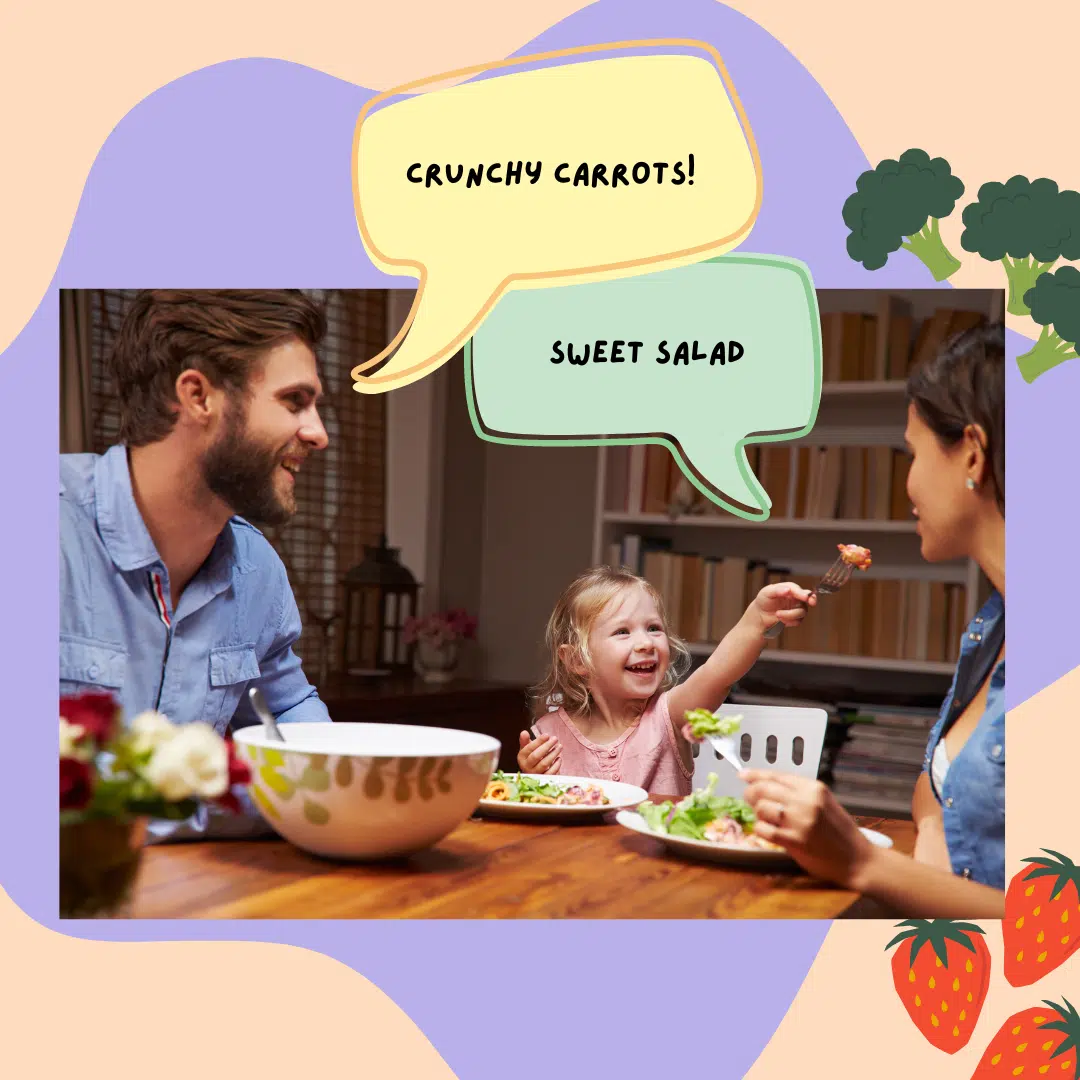
MEALTIME CHALLENGES
MEALTIME CHALLENGES
Mealtime challenge is normal in kids,mealtime with kids can often feel like a battleground, where vegetables are the enemy and picky eating habits reign supreme. As parents, we strive to provide nutritious meals while navigating through preferences and aversions that seem to change daily. However, what if we could turn mealtime into an exciting adventure rather than a daily struggle?
Common mealtime challenges include food refusal, rejection of previously accepted foods, perception that the child has not eaten enough which in turn can lead to pressure to eat, negotiation, bribery, punishment, distractions at the table and general frustration on both sides. As long as your child has plenty of energy and is growing well, he or she is most likely waiting enough to be healthy.
6 strategies to deal with mealtime challenges
Managing your child’s eating habits can significantly impact their relationship with food and overall health. Here are some strategies to help guide you:
- Portion Control and Snacking:
- Structure Snacking: Create a snack schedule to provide structure and predictability. This helps your child develop a sense of hunger and satiety, making them more likely to eat at mealtime.
- Manage Portions: Serve child-sized portions and allow them to ask for more if they’re still hungry. Avoid overloading their plate to prevent overeating and food wastage.
- Familiar Foods:
- Regular Family Foods: Offer foods that your family eats regularly. Familiarity can increase acceptance and enjoyment of meals.
- Family Meals and Role Modeling:
- Eat Together: Share family meals whenever possible. Eating together allows your child to observe and mimic your eating habits.
- Role Modeling: Demonstrate healthy eating behaviors. Your child is more likely to try and enjoy foods if they see you eating the same things.
- Descriptive Language:
- Use Descriptive Terms: Describe foods with appealing sensory language (e.g., “crunchy carrots,” “sweet apples”) instead of using emotional language (e.g., “good for you” or “bad for you”).
- Avoiding Pressure:
- No Pressure: Don’t pressure your child to eat. Phrases like “just have a bite” or “you need to eat your vegetables” can create negative associations with food.
- Positive Environment: Create a positive and stress-free eating environment. Encourage them to try new foods without any pressure.
- Repeated Exposure:
- Multiple Exposures: Don’t give up if your child initially rejects a food. It can take several exposures for a child to accept and enjoy new foods.
- Involvement in Food Process: Involve your child in grocery shopping, meal preparation, and cooking. This can increase their interest and willingness to try new foods.
- Visual Exposure: Use pictures and discussions about different foods to familiarize your child with them.
By implementing these strategies, you can help your child develop healthy eating habits and a positive relationship with food.
Why Mealtime challenges happen?
Mealtime challenges often arise due to various factors related to children’s developmental stages, family dynamics, and parental expectations. Understanding these reasons can help in addressing and managing these challenges effectively. Here are the main reasons why mealtime challenges happen:
-
- Developmental Factors:
- Limited Attention Span: Young children naturally have shorter attention spans and can find it difficult to sit in one place for extended periods. This can lead to restlessness and distraction during meals.
- Need for Activity: Children have a natural need to move and be active, which can make long, sedentary meal times challenging for them.
- Boredom During Meals:
- Unengaging Mealtimes: Meals that are too long or not engaging enough can become boring for children. They may become restless if they aren’t stimulated or involved in the mealtime process.
- Monotony: Eating the same foods or following the same routines without variety or excitement can lead to disinterest and restlessness.
- Parental Expectations:
- High Expectations: Parents may have unrealistic expectations about how much or what their child should eat, leading to pressure and potential mealtime battles. This can create a stressful environment for the child.
- Variability in Appetite:
- Fluctuating Hunger Levels: Children’s appetites can vary greatly from day to day based on growth spurts, activity levels, and overall health. This natural variability can cause concern for parents who might not understand why their child isn’t eating as much on some days.
- Health and Mood: Illness, fatigue, and emotional state can also affect a child’s appetite and willingness to eat.
- Lack of Routine:
- Inconsistent Eating Patterns: Children allowed to eat whenever and whatever they want may struggle to develop a structured eating routine. This can lead to poor eating habits and difficulties in managing hunger and satiety.
- Unstructured Meals: Without regular meal and snack times, children may graze throughout the day, leading to decreased hunger at meal times and a lack of routine.
- Developmental Factors:
Make food fun!
REFERENCES
Fussy eating and mealtime challenges. (n.d.). Feed Eat Speak – Stacey Zimmels. Retrieved June 19, 2024, from https://www.feedeatspeak.co.uk/blog/fussyeatingandmealtimechallenges
Cvetnich, L. (2022, March 12). How to Stop Your Child’s Frustrating Mealtime Behaviors. The Autism Connection. https://www.theautismconnection.com/blog/behavior/mealtime-behaviors/
7 ways to make food fun for your kids! (2021, April 30). The Cool Food School. https://www.thecoolfoodschool.ie/news/7-ways-to-make-food-fun-for-your-kids
Do any of the statements below remind you of your child? Healthy Tips Picky Eaters for United States Department of Agriculture FNS-455 USDA is an equal opportunity provider and employer. Revised. (2012). https://cehs.unl.edu/CYAF/EAT/videoassets/HealthyTipsforPickyEaters.pdf


